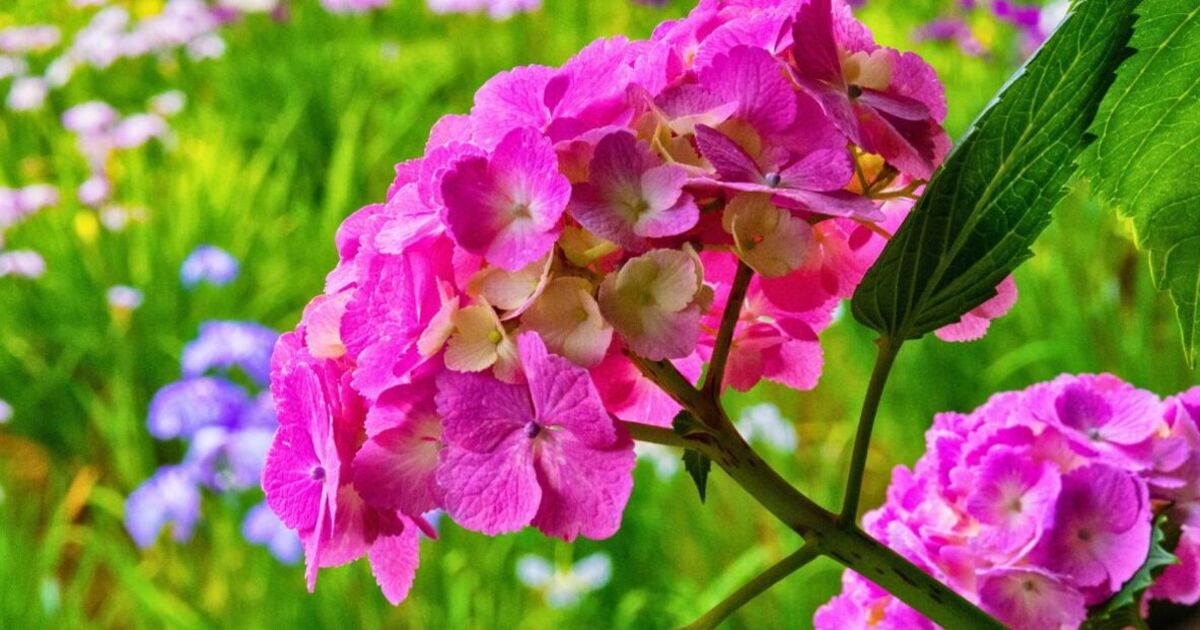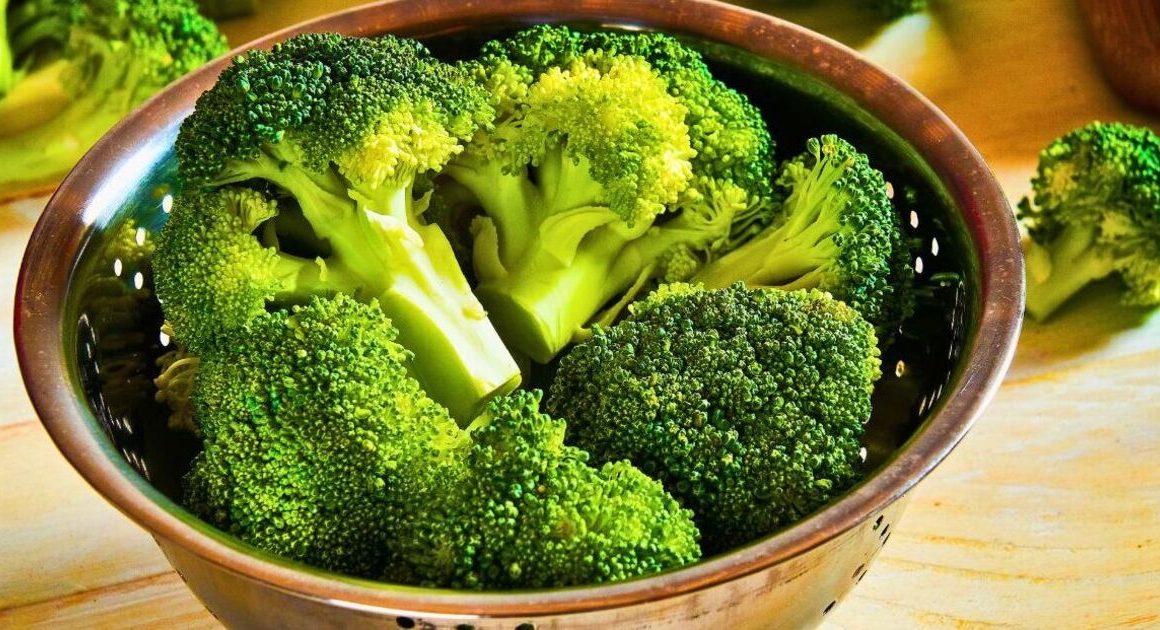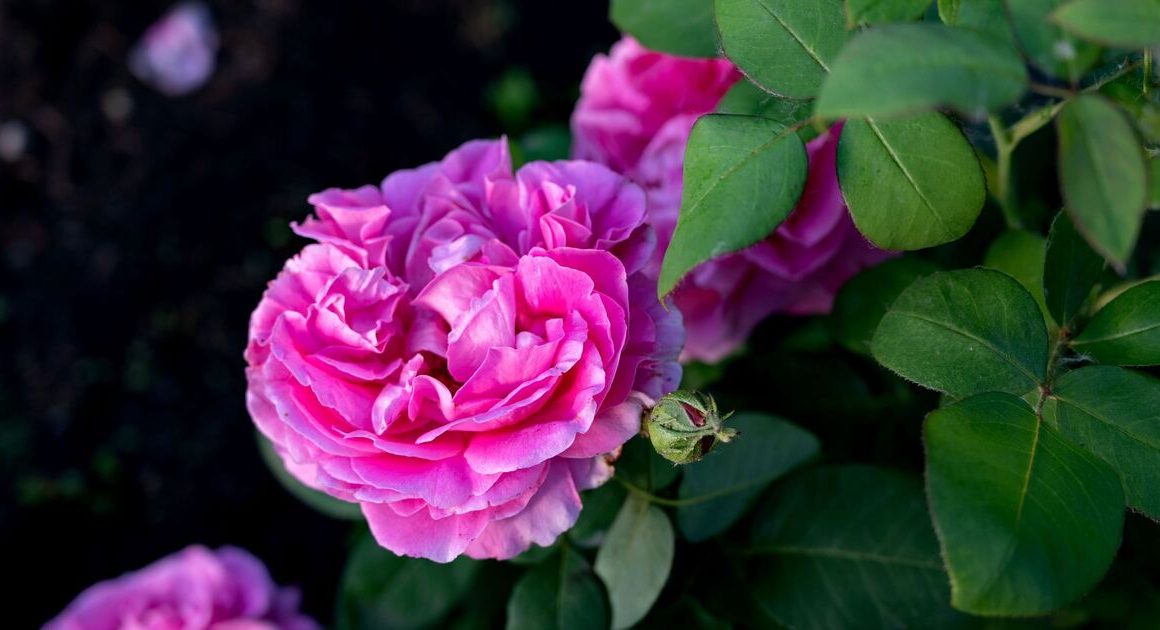Spring is almost here, which means more people will be cleaning up their gardens. Doing one simple task now can help hydrangeas bloom bigger than ever this year.
Louise Findlay-Wilson, a gardener and founder of Blooming Lucky, advises gardeners to save any leaves piling up in the garden. The leaves can be turned into mulch for hydrangeas.
She said: “I mulch my hydrangeas every year in the Spring after pruning them, using home-made leaf mould.
“This is ideal as I’m not trying to provide nutrition. I’m just trying to condition the soil and help retain its moisture – important for my thirsty old hydrangeas!”
Mulching is the simple act of placing organic material on top of the soil around a plant to act as a protective barrier that will eventually break down.
It is a simple gardening method that keeps plants strong. It also helps add more nutrients to the soil, smothers nearby weeds and keeps water locked into the soil.
Hydrangeas have shallow roots that absorb water quickly, so consistent moisture levels will help ensure a steady nutrient and water supply.
Dry soil can stress out hydrangeas, which can reduce the number and size of their flowers, so mulching will help encourage more vibrant blooms.
Louise added: “Leaf mould is brilliant on both these fronts. Its lovely, crumbly nature adds fantastic structure to your soil and provides a great home for earthworms and beneficial bacteria.
“And it’s fantastic at retaining water. Apparently, some studies have found that adding leaf mould increases water retention in soils by over 50 percent.”
How to make a homemade mulch for hydrangeas
To make homemade mulch, you need only collect leaves from your garden and place them in a plastic sack, such as a compost bag.
You can use black bin liners if you wish, but they tend to be quite flimsy and can break over time, so you are better to use something stronger.
If you can, place holes at the bottom of the bag to allow water to drain; otherwise, the bag can become quite messy over time.
Then, leave the bag somewhere out of sight in the garden so the leaves stay damp and begin to rot.
Over time, the leaves will decompose into a leaf mulch, which you can spread on top of your hydrangea flowerbeds to help them stay big and beautiful for the rest of the year.
It takes at least six months to a year for the leaves to break down properly, but you can speed up the process by chopping them into smaller pieces and running over them with a lawnmower.
If this process takes too long, consider doing it later and using an alternative mulch this spring so you can give hydrangeas the best start once they begin growing again.
Louise said: “If you don’t have leaf mould, well-rotted manure or compost will also do the trick. The important takeaway is to mulch. Mulching is brilliant!”












